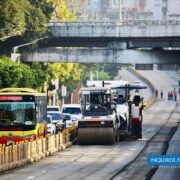Islamic cemeteries as grounds for artistic expression, heritage
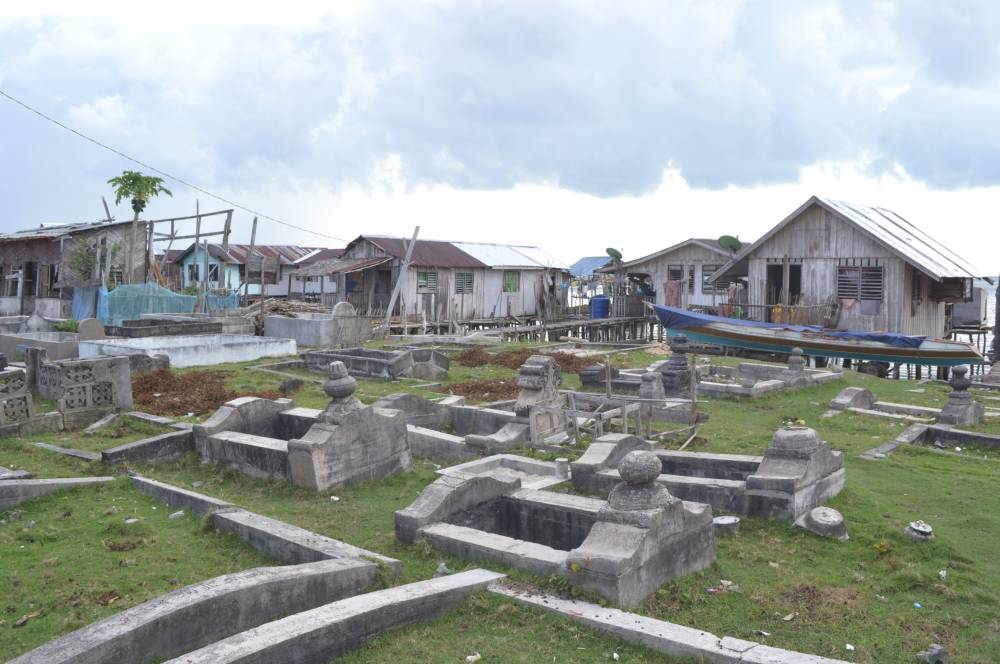
President Ferdinand Marcos Jr. recently signed into law Republic Act No. 16120, or the “Philippine Islamic Burial Act,” which requires the dignified and swift burial of dead Muslims with respect to Islamic rites.
The law’s principal author in the Senate, Senator Robinhood “Abdul Aziz” Padilla, one of the few Muslims elected into the upper chamber of the Philippine Congress, said it is a simple but meaningful legislation for all Muslims in the country.
Lanao del Sur First District representative and one of the principal authors Zia Alonto Adiong said that through the law, a mandate is given to local government units in the country in terms of serving their Muslim constituents.
House Muslim affairs committee chair Mohamad Khalid Dimaporo noted that “this law reflects our shared commitment to respecting the cultural and religious practices of the Muslim community and ensuring that everyone is treated with the dignity they deserve.”
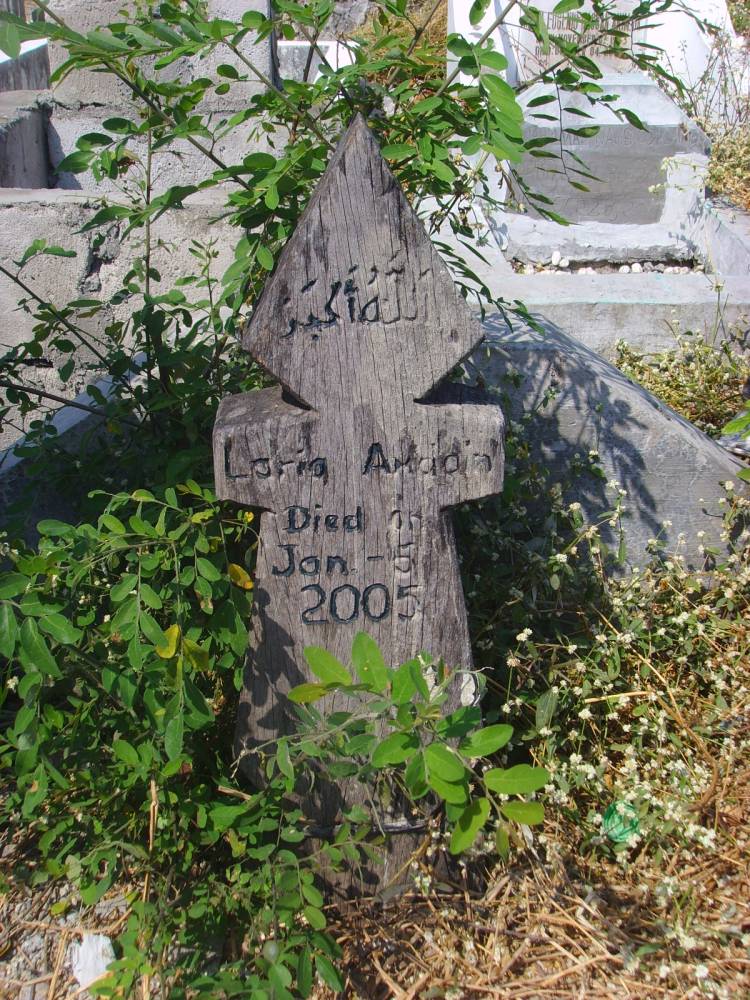
Muslims are normally buried in their own cemeteries located either in the vicinity of a masjid, inside communities, or in the case of South Ubian in Tawi-Tawi, in a portion of an island.
These cemeteries are not only hallowed grounds but also havens of art, with those found in the Sulu Archipelago as the oldest existing and most artistic.
This rich artistic heritage is exemplified in the grave markers called sunduk by the Tausug and Sama ethnolinguistic groups of Basilan, Sulu, and Tawi-Tawi.
Art form
Made from simple stone, wood, coral stone, and later concrete and marble, these grave (head) markers, especially the traditional ones, sport the ukkil, an art form which means both the act of wood carving and the designs that are also found in their textiles, mats, and engravings.
On the grave markers, these are traditionally floral and geometric, with those done by the Sama being more realistic.
In Tausug communities, the graves of women are marked by geometrically designed sunduk and are flatter compared to their male counterparts, which are more floral.
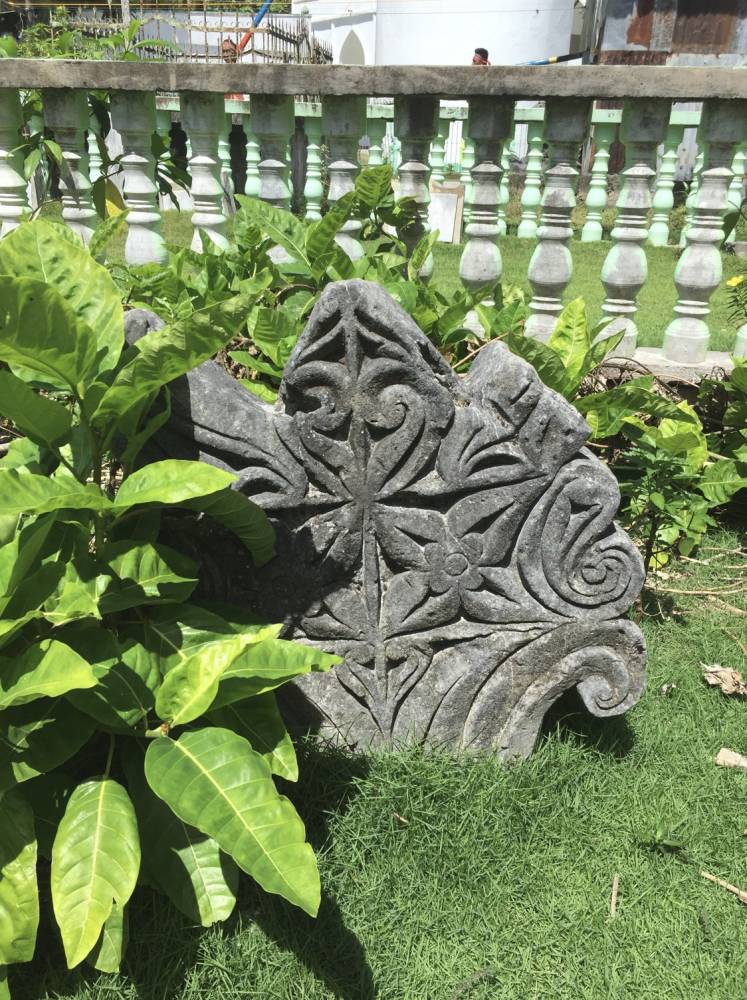
The Sama groups have more varied designs on their sunduks such as a bird, boat, crocodile, leaves, scrolls, and vines, to name a few. The male graves are round, with pointed tops at times, while those for females are flat, all having ukkil designs.
Some designs are anthropomorphic, such as in Siasi Island in Sulu, or phallic-shaped, as in the Sama Tabawan in South Ubian.
The Cultural Center of the Philippines Encyclopedia of Philippine Art notes that sometimes “the grave is fenced by a rectangular or boat-shaped kubul, usually with the bird motif; used as the centerpiece, it culminates in a bud or flower. The ukkil incisions are painted red, white, green, and blue enamel.”

Luzon cemeteries
With notable extant ones located in places such as Simunul and Sibutu in Tawi-Tawi, Islamic cemeteries are also found in many parts of the country, from Cagayan Province in the north to the southernmost town of Sitangkai in Tawi-Tawi.
Significant ones in Luzon are those found at the Maharlika Village in Taguig, Rodriguez (Montalban) in Rizal Province, Norzagaray in Bulacan, and more recently, the Manila Islamic Cemetery at the Manila South Cemetery.
Officially established in 1974 by then President Ferdinand Marcos, Maharlika Village is a community of different Muslim groups coming from Mindanao complete with a masjid (Blue Mosque), park, school, and a cemetery.
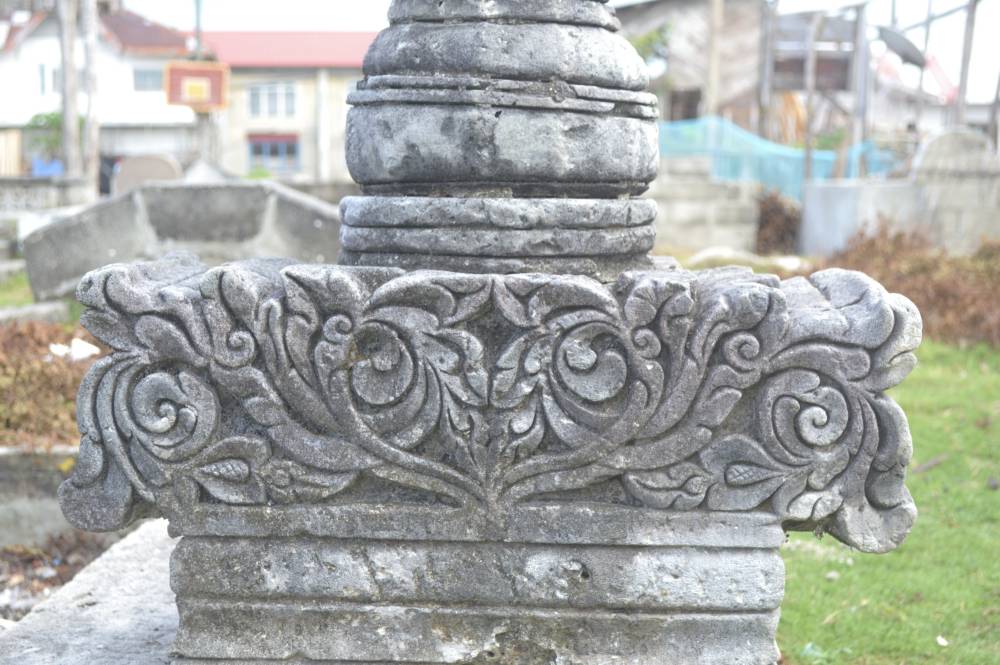
At this cemetery, graves are marked by more muted sunduks made either from wood, concrete, marble, or found stone.
Those of wood have at times round tops while those of marble are either rectangular or have onion-shaped tops. Arabic inscriptions are also present in some of these markers.
These designs are also found in other aforementioned cemeteries, many marked by low concrete rectangular fences marking a plot.
Tausug graves are identifiable through the white cloth wrapped or tied at the sunduk.
At the Manila Islamic Cemetery, graves are marked by rectangular concrete or marble sunduk, which are either pointed or those bearing the composite image of the crescent moon and star.
At the Libingan ng mga Bayani in Taguig, its few Islamic graves are marked by the crescent moon and star standing side by side with the crosses that dominate the cemetery’s landscape.
These markers bear the details of the deceased and, in the case of Sibutu, for example, the Islamic year denoting something about the dead.
The presence of a lalungan is rare in these cemeteries. A lalungan is a low wooden structure that adorns a grave, which perhaps has pre-Islamic roots.











